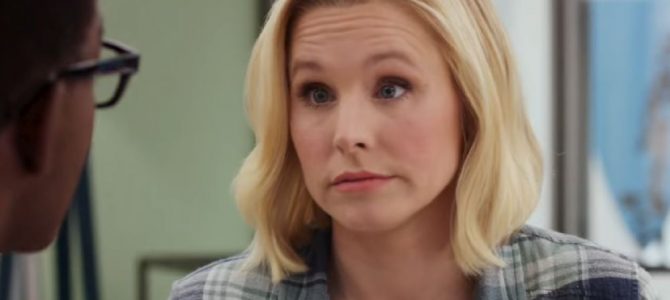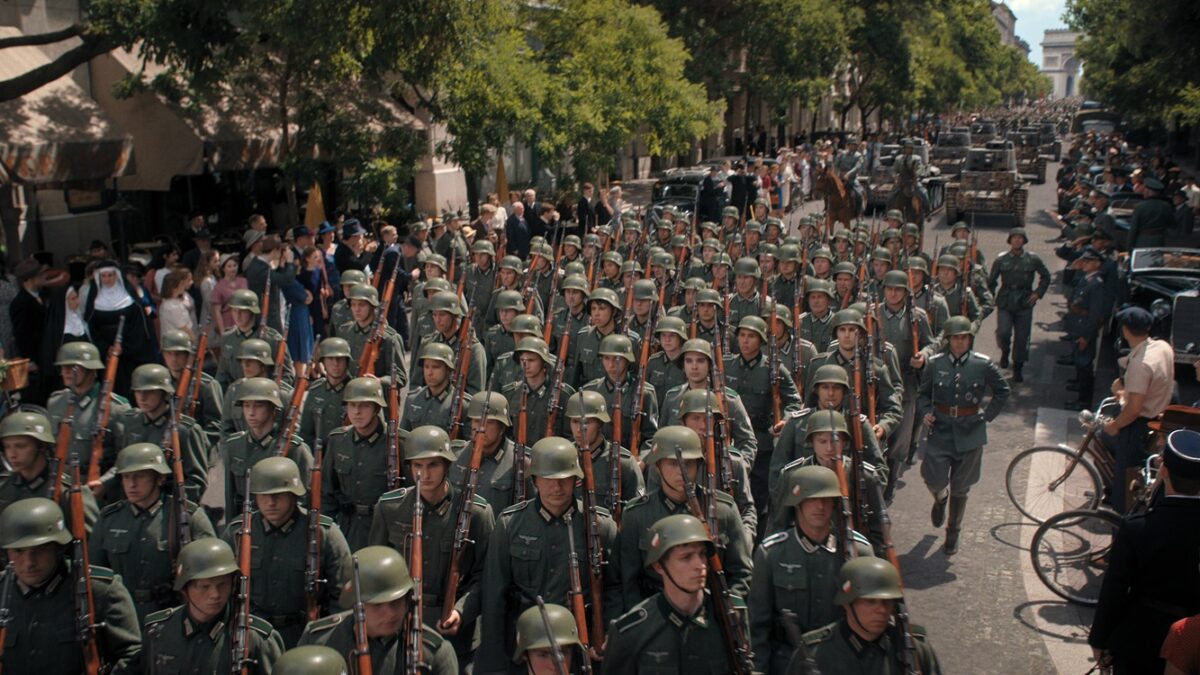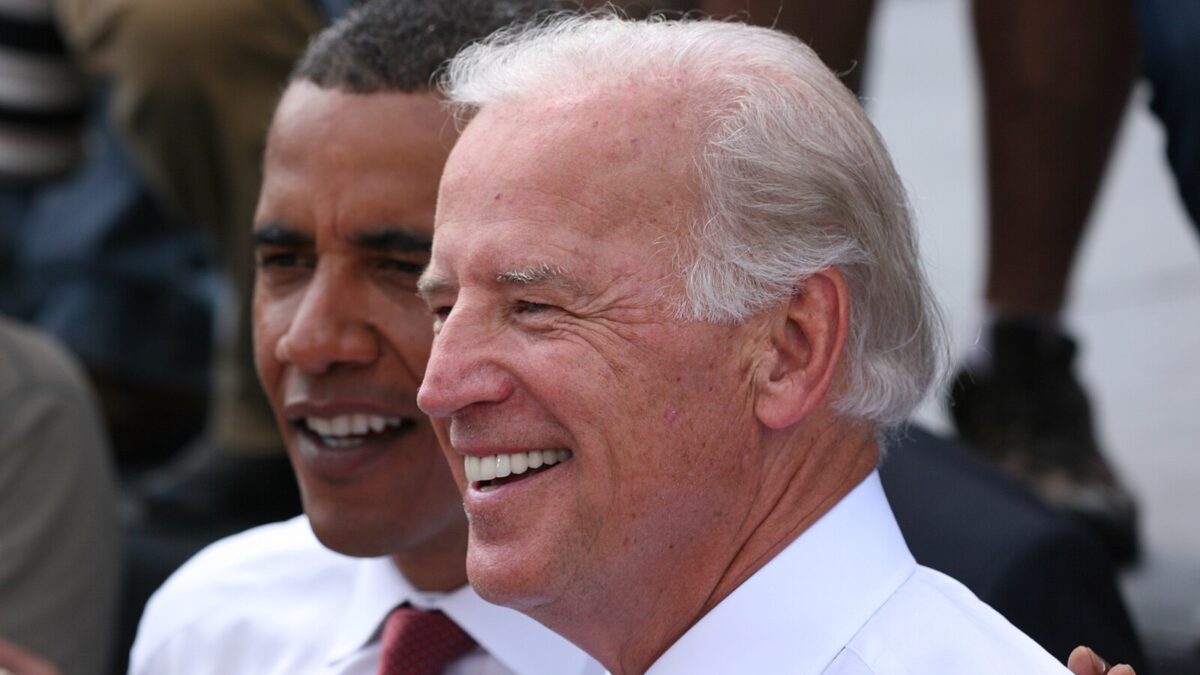
When we contemplate the afterlife, we think of tiny blond women. This isn’t a reference to the promises made to Islamic jihadists, but to the American collective subconscious, as expressed in Hollywood comedies about heaven.
In 2003 Showtime gave us “Dead Like Me,” where 5’3” Ellen Muth played a Seattle college dropout, George Lass, who died when struck by a falling space shuttle toilet seat and came back to earth as part of a team of grim reapers working under Mandy Patinkin, whose job it was to guide other recently passed souls to their doorway to the afterlife.
In 2007 ABC came up with “Pushing Daisies,” in which 4’11” Kristen Chenoweth was an assistant to a pie maker whose touch could bring the dead back to life, albeit at the cost of killing someone else nearby.
These were both great shows, both cut down after only running for two years. “Daisies” won 17 Emmy Award nominations and was included in both TV Guide and Esquire lists of shows that were cancelled too soon or ought to be brought back. Likewise, “Dead” won several awards and had the biggest audience (1.1 million) of any Showtime show until 7 years later, when “Shameless” eclipsed it.
For those who’d like to fully nerd out, 5’4” Sarah Michelle Gellar was not the only blond to be brought back to life—twice, once in the first season and once when the show switched networks—in the occult syfy dramedy “Buffy, The Vampire Slayer” (1997-2003). Buffy was surpassed in her number of reincarnations by 5’4” Julie Benz’s character Darla, who dies and becomes Buffy’s vampiric romantic rival, then is killed as a vampire, only to be resurrected as a human on the “Buffy” spin-off “Angel,” where her new human reincarnation is then again killed and made into a vampire, who then stakes herself in an altruistic vampire suicide, then makes a final return as a ghost.
That Brings Us to ‘The Good Place’
NBC now enters (during Thursday primetime) the fray of award-winning and cult classic shows about resurrected petite blonds with “The Good Place.” Kristen Bell, all of 5’1”, has an embarrassing death similar to Lass’s encounter with the meteoric toilet seat. Her character, Eleanor Shellstrop, was run over by a tractor trailer carrying billboards advertising erectile dysfunction pills. She awakens in something like heaven, a town that looks a little like Bel Air, with manicured lawns and a wacky diversity of architectural styles, from grand mansions to whimsical cottages.
Her guide is the town architect, a celestial being played by Ted Danson, who, in a nod to the planet designers in “The Hitchiker’s Guide to the Galaxy,” has created this neighborhood of the “Good Place” for 322 recently deceased. People seem to be placed in a neighborhood with people from all over the earth but who died at the same general time as each other.
The problem is, Eleanor doesn’t belong there. There’s been a clerical error in the divine DMV, and she’s been mixed up with another Eleanor Shellstrop who died nearby at the exact same second, a third-world orphan who made her way to the United States and became a humanitarian aid worker. That Eleanor has been accidentally sent to the bad place.
Bell’s Eleanor is a crass and selfish gal, whose comically pathetic life on earth we see in flashbacks. Bell is great at playing something mainly male actors get to play: a colossal jerk. (She was great at it as the philandering has-been movie star in 2008’s “Forgetting Sarah Marshall.”) But she slowly befriends the other people in this heavenly neighborhood, at first as a way to maintain the disguise that she belongs there.
Can You Learn Virtue after Death?
Slowly, something happens. Habit becomes character, as Aristotle taught about the cultivation of virtue. And that’s not just a random academic reference. In “The Good Place,” everyone is paired with his or her true soulmate (who seems to conveniently also be deceased, at least by the time one is “resurrected”). (Heaven seems all gendered, binary, and heterosexual, from the couples presented in the first 10 episodes.)
Eleanor’s soulmate, or at least the soulmate of the woman she is impersonating, is an African man who was a professor of ethics, Chidi Anagonye. Chidi is the West African Igbo word for “God exists.” He’s played by Texan-born actor William Jackson Harper, whose most sustained work previously was on “The Electric Company.” Chidi is tricked into promising to help Eleanor before she reveals she isn’t supposed to be there, somewhat reminiscent of the biblical story of Jacob and Isaac. His help is to give her lectures, readings, and homework on moral philosophy.
The presence of a soul who is envious and solipsistic creates actual Old Testament physical disasters in Eleanor’s heavenly neighborhood: storms that rain trash, sinkholes that lead to hell.
The Good Place is a clever comedy, with an extremely talented and multi-cultural cast, where in most episodes one learns something about the wisdom of a dead white male: Aristotle, Socrates, Plato, Hume, Jeremy Bentham, John Rawls. Normally I’d be horrified by this. I’m a former philosophy graduate student who never finished my PhD. But the brief descriptions and discussion of Aristotle’s ideas on virtue or the critique of utilitarianism are both accurate and not at all extraneous to the plot. Yahoo News labelled it one of the 16 shows to binge watch over the holidays.
The first nine episodes dealt with Eleanor trying to hide who she is so she can stay and to undo the damage her presence is doing to her new community. As she becomes more moral, she confesses her true identity to protect her newfound friends, and the next arc of stories is about her trial to keep herself from being sent to The Bad Place and a romantic rivalry as the pairing of true soulmates are upset by choices and options.
A major theme of the show—which is very funny and not pedantic despite what I am writing about it—is how the universal generalizations of ethical and political theory get slippery when dealing with the real-time particulars of love and friendship.









